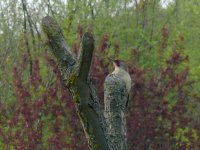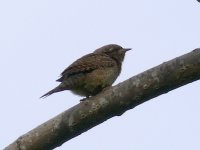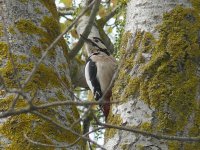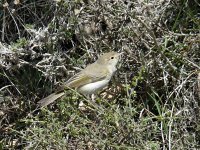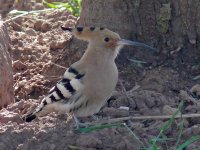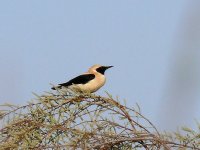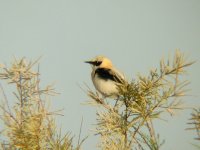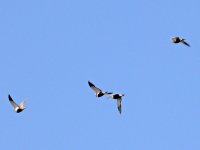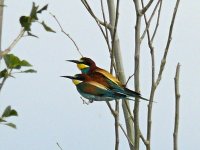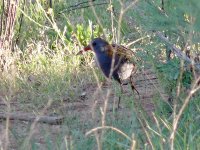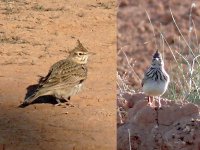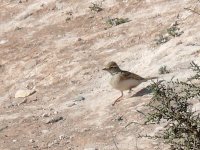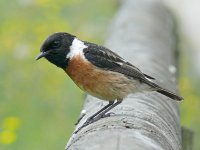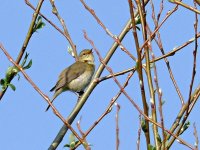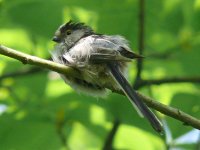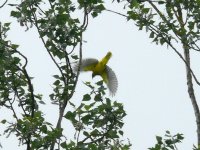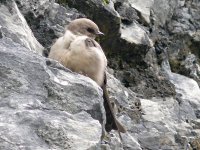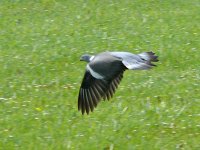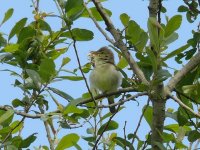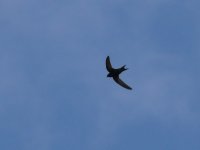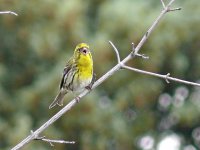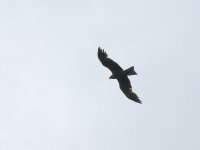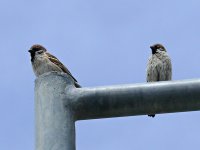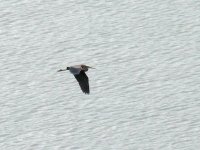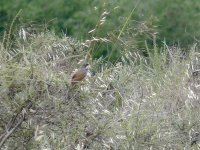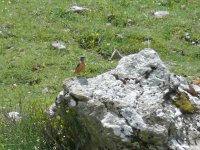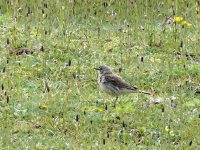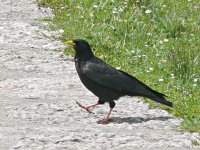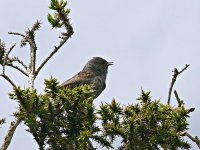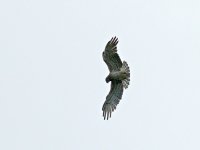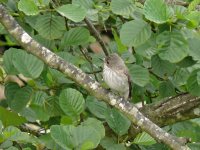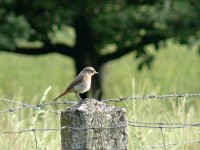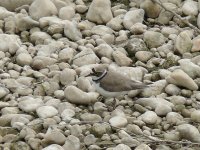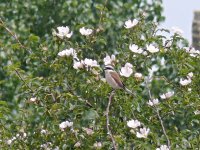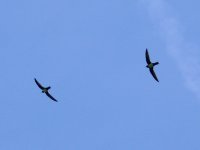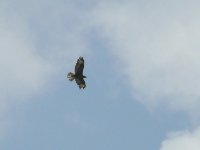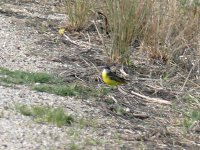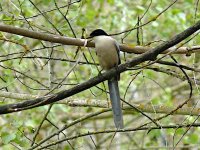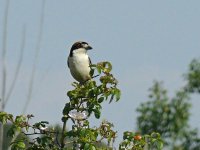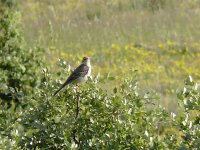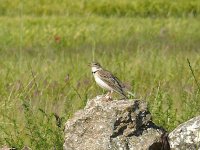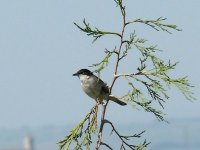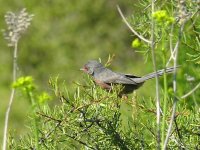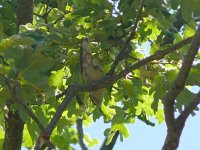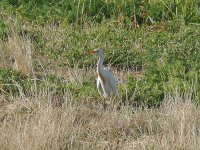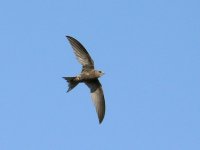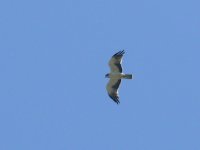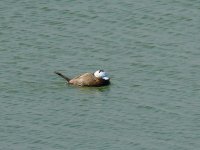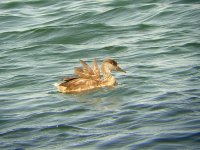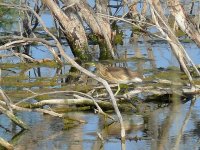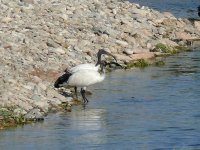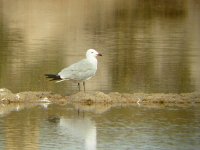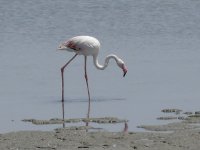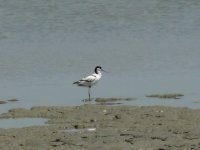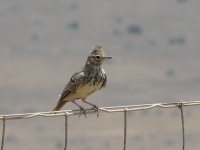madamcoolpix
a.k.a. Madam Butterfly
Last update from the weekend.
After the exhausting day spent in Villafáfila on Saturday, we decided to take it easy next day and just stayed in Burgos City birding in La Quinta, a sort of “wild park” in the outskirts. This is a place we love to visit, even if there are many people during the weekends birds never disappoint us there: 40 species spotted during that morning. This place is very reliable for Wryneck and Bonelli’s Warbler, for example, and other species that are hard to spot, like Nightingale or Cetti’s Warbler, are quite easy to see because the place is full of them. The visit was quite productive for my Year List:
27 April 2008: La Quinta – Burgos City
152 – Common Cuckoo (Cuculus canorus)
153 – Common Nightingale (Luscinia megarhynchos)
154 – Booted Eagle (Hiaraaetus pennatus)
155 – Bonelli’s Warbler (Phylloscopus bonelli)
156 – Crested Tit (Parus cristatus)
157 – Melodious Warbler (Hippolais poliglotta)
And for the first time in my life, I got pictures of the 3 widespread Picidae of Spain during a single day:
a. The Green Woodpecker. Note the pale face of the Iberian subspecies, sharpei.
b. The little demon: the Wryneck. I managed to get quite close to it and to capture it in the open... but in the shade (we can’t have it all! |=)|)
c. The Great Spotted Woodpecker, for once not as wary as it uses to be. This was a “she”.
After the exhausting day spent in Villafáfila on Saturday, we decided to take it easy next day and just stayed in Burgos City birding in La Quinta, a sort of “wild park” in the outskirts. This is a place we love to visit, even if there are many people during the weekends birds never disappoint us there: 40 species spotted during that morning. This place is very reliable for Wryneck and Bonelli’s Warbler, for example, and other species that are hard to spot, like Nightingale or Cetti’s Warbler, are quite easy to see because the place is full of them. The visit was quite productive for my Year List:
27 April 2008: La Quinta – Burgos City
152 – Common Cuckoo (Cuculus canorus)
153 – Common Nightingale (Luscinia megarhynchos)
154 – Booted Eagle (Hiaraaetus pennatus)
155 – Bonelli’s Warbler (Phylloscopus bonelli)
156 – Crested Tit (Parus cristatus)
157 – Melodious Warbler (Hippolais poliglotta)
And for the first time in my life, I got pictures of the 3 widespread Picidae of Spain during a single day:
a. The Green Woodpecker. Note the pale face of the Iberian subspecies, sharpei.
b. The little demon: the Wryneck. I managed to get quite close to it and to capture it in the open... but in the shade (we can’t have it all! |=)|)
c. The Great Spotted Woodpecker, for once not as wary as it uses to be. This was a “she”.




